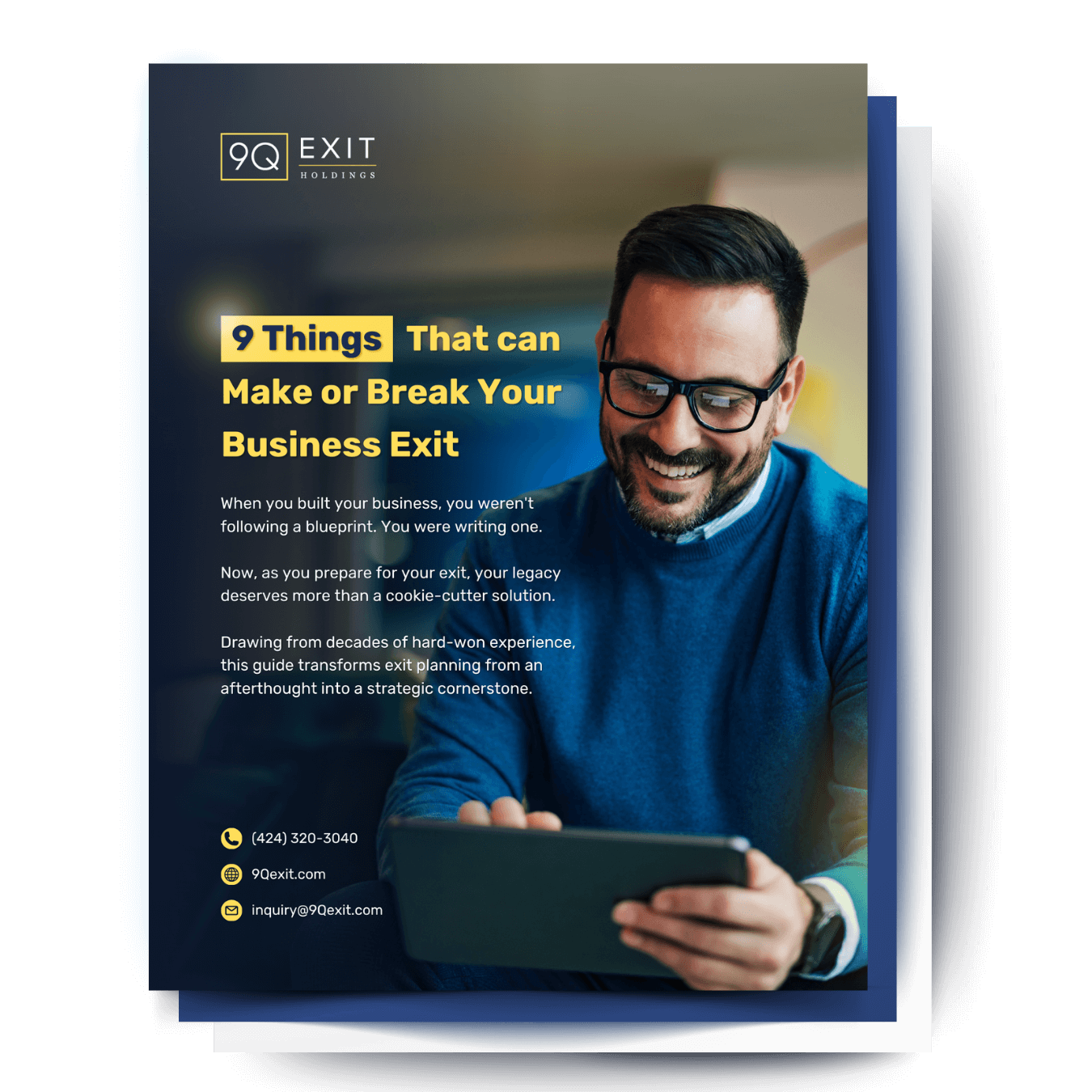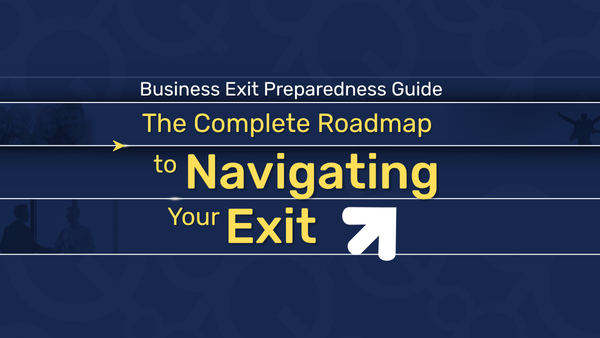Imagine a tapestry woven from countless digital threads – Slack messages, Zoom calls, shared documents, and virtual watercooler moments. This is the new face of business, where company value isn’t measured in square footage but in the strength of digital connections. As the workplace evolves, so too must our approach to exit planning.
Welcome to the era where your most valuable office might be no office at all.
The Digital DNA of Value

In this transformed landscape, potential buyers aren’t just acquiring your revenue streams – they’re investing in a distributed ecosystem of talent, processes, and culture. The traditional metrics of valuation are being rewritten by companies that have mastered the art of remote operations.
But here’s the twist: distance no longer diminishes value. In fact, a well-structured remote organization can command premium valuations by demonstrating something increasingly precious: scalability without geographical constraints.
Think of your distributed team as a living algorithm. Each member adds to its complexity and capability, creating a sum greater than its parts. When valuing these virtual assets, buyers look beyond traditional productivity metrics. They seek evidence of seamless collaboration, documented workflows, and most importantly, repeatable success patterns that transcend time zones.
The New Architecture of Documentation

Gone are the days when standard operating procedures gathered dust in filing cabinets. In the remote world, documentation isn’t just about preserving knowledge – it’s about creating a digital nervous system that keeps your company alive and thriving.
Success lies in building what I call “living documentation” – dynamic repositories that evolve with your company. This means:
- Creating self-updating process maps that reflect real-time workflows
- Developing interactive onboarding systems that scale automatically
- Establishing digital decision trees that capture institutional knowledge
- Building asynchronous communication frameworks that transcend time zones
The magic happens when documentation shifts from being a static record to becoming an active participant in your company’s growth. Each documented process should serve as both a guide and a gateway to improvement.
Remote Culture: The Invisible Asset

Here’s a counterintuitive truth: remote culture, when properly cultivated, can be more tangible and transferable than traditional office culture. Why? Because every aspect must be intentionally designed, documented, and maintained.
In this new paradigm, culture isn’t about ping-pong tables or Friday happy hours. It’s about creating systematic approaches to:
- Virtual engagement that builds genuine connections
- Digital recognition programs that celebrate achievements
- Online collaboration frameworks that foster innovation
- Remote mentorship structures that develop talent
The key is developing what I term “cultural code” – documented patterns of interaction that can be replicated and scaled regardless of who holds the reins.
Building for Tomorrow's Buyer

As you architect your exit strategy, consider this: tomorrow’s buyers aren’t just purchasing your current operations – they’re investing in a blueprint for future growth. This means every remote system you build should be designed with transfer in mind.
Focus on creating:
- Modular team structures that can be easily integrated or expanded
- Technology stacks that prioritize compatibility and scalability
- Communication frameworks that can adapt to different cultural contexts
- Training systems that can onboard teams across multiple regions
The Future is Fluid

The most valuable companies in the remote era won’t be those with the biggest virtual teams or the most sophisticated tools. They’ll be the ones that have mastered the art of fluidity – the ability to adapt, scale, and transfer their operations seamlessly across digital spaces.
As you prepare for exit, remember: you’re not just selling a company anymore. You’re offering a proven formula for success in the digital age. The buyers who understand this will be the ones willing to pay a premium for your virtual masterpiece.
In this new landscape, the most successful exits will belong to those who can package their remote operations into something greater than the sum of its digital parts. After all, in the age of remote work, the most valuable asset might just be the ability to make distance irrelevant.







